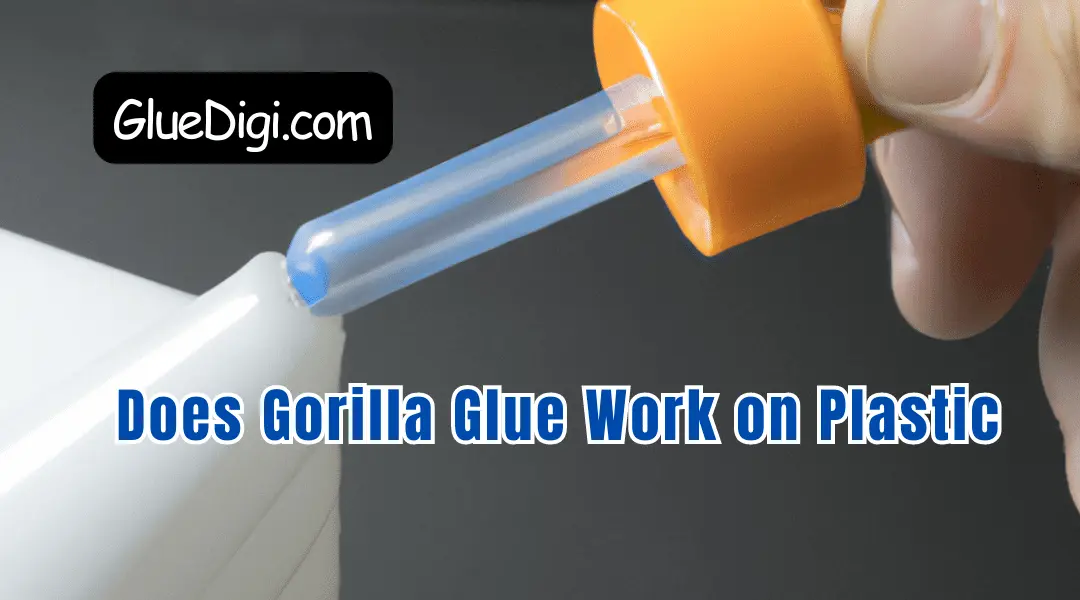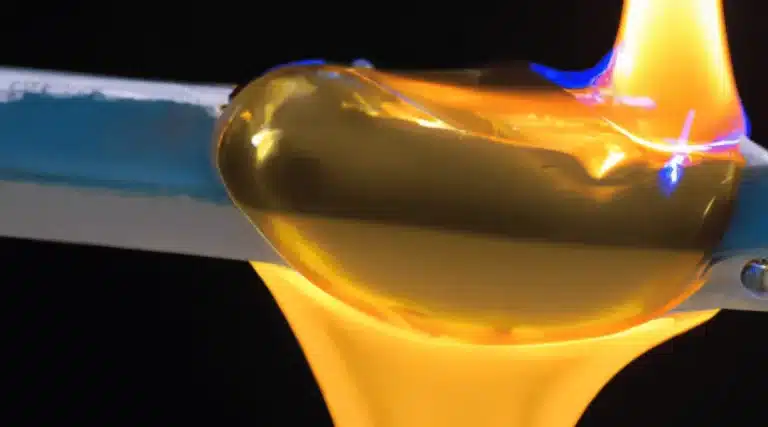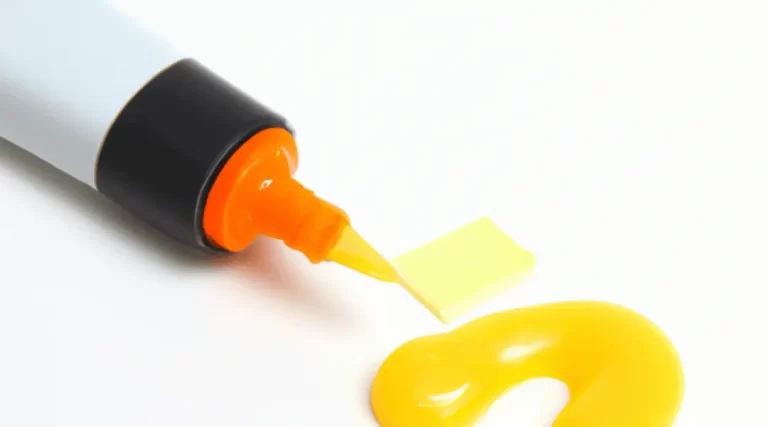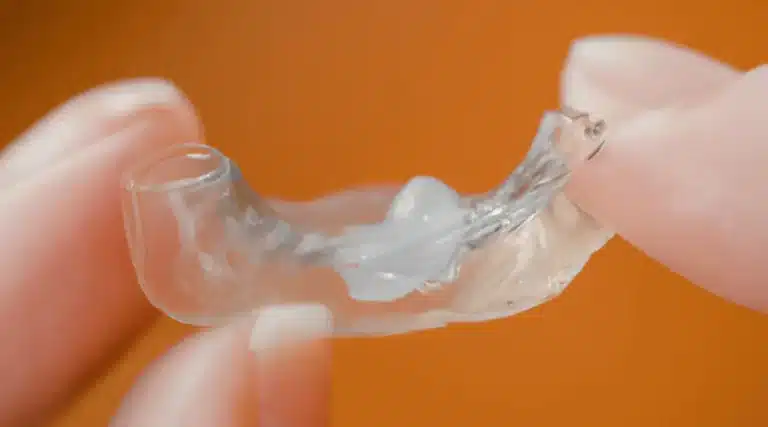Gorilla Glue, a popular adhesive brand, has been widely used for fixing and repairing various materials, including wood, metal, ceramic, and plastic. However, the question remains, does Gorilla Glue work on plastic? In this comprehensive guide, we will explore the effectiveness of Gorilla Glue on plastic, factors that affect its adhesion, and tips on how to use it properly.
Before we delve into the details, let’s first understand what Gorilla Glue is and how it works.
Gorilla Glue is a polyurethane-based glue that reacts with moisture to form a solid and long-lasting connection. As it dries, it gradually expands, making it perfect for caulking gaps and crevices. It also dries transparently and after curing, may be sanded or painted over.
Let’s now investigate whether Gorilla Glue is the best adhesive for things made of plastic.
Let’s dive into this peculiar topic and uncover the taste, health risks, and even unique uses of glue beyond its intended purpose.
Types of Plastic
Before using Gorilla Glue on plastic, it’s essential to know the type of plastic you are dealing with. There are several types of plastic, and each has its unique properties that determine its adhesion to other materials. The most common types of plastic include:
- Polyethylene (PE)
- Polypropylene (PP)
- Polystyrene (PS)
- Acrylonitrile Butadiene Styrene (ABS)
- Polyvinyl Chloride (PVC)
- Polycarbonate (PC)
Each plastic type has a specific surface energy, which determines its ability to bond with other materials. Some plastics have low surface energy, making them difficult to bond with adhesives. PP and PE, for example, have the lowest surface energy, making them challenging to bond with most adhesives, including Gorilla Glue.
Gorilla Glue and Plastic
Gorilla Glue is a versatile adhesive that can bond with various materials, including plastic. However, its effectiveness on plastic depends on various factors, such as the plastic type, surface preparation, and application method.

Gorilla Glue works best on plastic materials with high surface energy, such as PVC, PC, and ABS. The rough surface of these polymers gives the glue a solid hold. However, to increase their adherence, low surface energy polymers like PE and PP need to undergo specific processing.
Surface Preparation
Proper surface preparation is crucial for ensuring a strong and durable bond between Gorilla Glue and plastic. Here are some tips for preparing the plastic surface:
- Clean the surface thoroughly to remove any dirt, dust, or grease using soap and water or rubbing alcohol.
- Sand the surface lightly to create a rough texture that provides a better grip for the adhesive.
- Apply a primer or adhesion promoter specifically designed for plastics with low surface energy, such as PE and PP.
- Dry the surface completely before applying the adhesive.
Application Method
The application method also affects the effectiveness of Gorilla Glue on plastic. Here are some tips for applying Gorilla Glue:
- Apply a small amount of Gorilla Glue to one of the surfaces using a brush, dropper, or syringe.
- Spread the glue evenly using a spatula or a toothpick.
- Clamp the surfaces together firmly for at least two hours to allow the glue to dry and cure.
- Wipe any excess glue with a damp cloth before dries.
Advantages of Using Gorilla Glue on Plastic
Using Gorilla Glue on plastic has several advantages, including:
- It produces a strong, long-lasting connection that can survive challenging circumstances and large weights.
- Once cured, it dries transparent and may be sanded or painted over.
- As it dries, it gradually expands, making it perfect for caulking gaps and crevices.
- It is suitable for outdoor applications and is weatherproof.
Disadvantages of Using Gorilla Glue on Plastic
Despite its effectiveness, using Gorilla Glue on plastic has some disadvantages, such as:
- It requires proper surface preparation and application methods to ensure a strong and durable bond.
- It can be messy and difficult to clean up if applied improperly.
- It can take longer to dry and cure than other adhesives.
Tips for Using Gorilla Glue on Plastic
Here are some additional tips for using Gorilla Glue on plastic effectively:
- Always wear gloves and eye protection when handling Gorilla Glue.
- Use in a well-ventilated area to avoid inhaling fumes.
- Store the glue in a cool, dry place to prevent it from drying out or hardening.
- Follow the instructions on the label carefully.
- Test the adhesive on a small and inconspicuous area before applying it to the entire surface.
Conclusion
So, does Gorilla Glue work on plastic? The answer is yes, but its effectiveness depends on various factors, such as the plastic type, surface preparation, and application method. Although Gorilla Glue is a multipurpose glue that can connect with many materials, including plastic, it must be handled and prepared carefully to achieve a reliable bond. You may use Gorilla Glue on plastic and other materials successfully according to the advice and recommendations given in this detailed tutorial.




